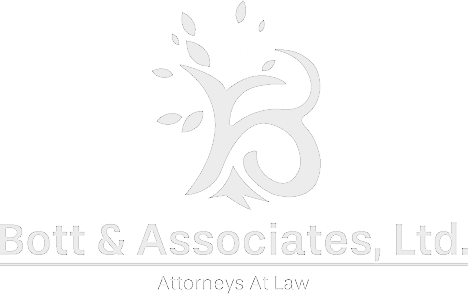Thinking about passing assets on to your next generation? Your parents are aging and passing away; your own children are reaching adulthood. You realize that you need to focus on wealth- transfer plans.
This may appear to be a complex affair, involving planning and executing a strategy to shift the wealth you’ve accumulated to the possession and control of the next generation or even subsequent generations. Issues to consider are your own family values and relationships, business continuity, portfolio strategy, insurance, taxes, and ownership structures. Ultimately, it boils down to control, responsibility, and timing.
Some common goals of estate planning include:
- Maximizing your wealth transfer to the next generation.
- Protecting your heirs from creditors.
- Controlling assets.
- Avoiding or limiting estate taxes — both federal and state.
- Incorporating charitable efforts.
Here are some effective techniques to support your objectives:
- Annual gifting — This is a simple way to pass wealth to your next generation. Each individual may give up to $15,000 annually to each heir. For married couples, this equates to $30,000 per year. There is no gift tax return required as long as you stay within that limit.
- Irrevocable life insurance trust (ILIT) — You obtain a life insurance policy and the owner is a trust outside your taxable estate. Each year, you give premiums to the trust to pay for the policy. When you pass away, the death benefit is paid out in trust, avoiding income and estate taxes. Thus, it accomplishes the goals of protecting assets from creditors and allows you some control over assets while avoiding estate taxes.
- Grantor retained annuity trusts (GRATS) — This estate-planning strategy can freeze an estate, meaning that you try to place most of the future growth of certain assets outside your taxable estate. You choose assets that have high growth potential or present a valuation discount, aiming to earn more than the interest rate set by the government. The difference between the growth and interest rate is what will remain outside the estate. All taxes are paid by the person or entity lending assets to the trust, meaning that the assets outside your taxable estate in essence grow income tax-free. It also reduces the assets in your taxable estate. You gain the equivalent of a free gift to the trust. You protect assets from creditors, avoiding estate taxes and securing control of asset distributions via trust documents.
There are many estate-planning strategies to help you effectively transfer assets to your next generation. Experts often suggest that you:
- Begin with a family dialogue.
- Zero in on a suitable financial professional who will coordinate what will probably be a multidisciplinary team.
- Don’t overlook the amount that you need to maintain your own lifestyle.
Wealth transfer is inevitable — planned and orderly or expensive and chaotic. What’s the best strategy for your situation? Identify the goals you have for your assets and work with a trusted estate planning lawyer in Rolling Meadows, Illinois from Bott & Associates, LTD, to develop a comprehensive plan to help achieve your wealth-transfer goals.






